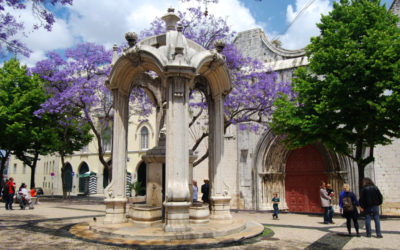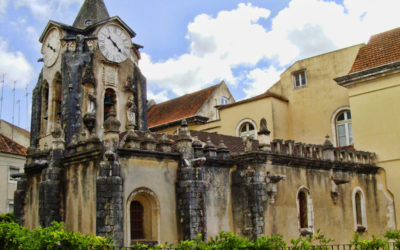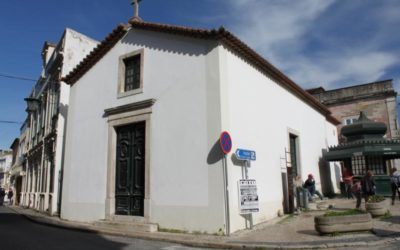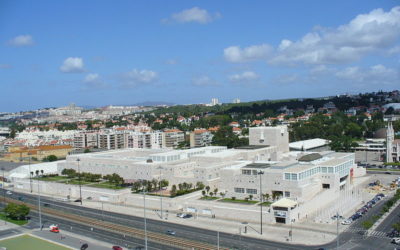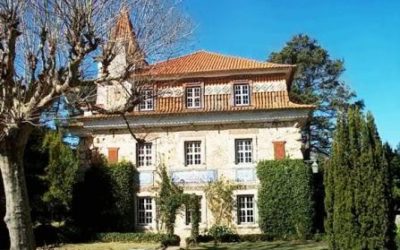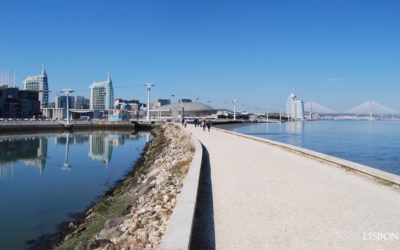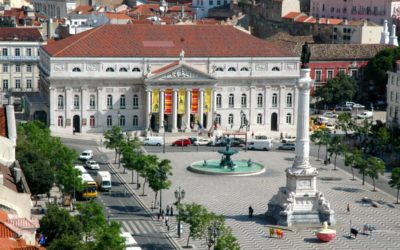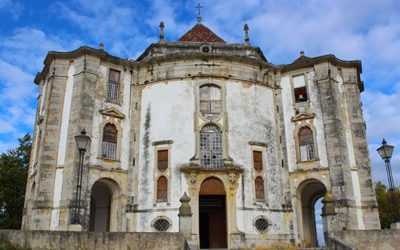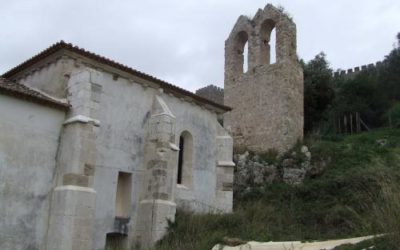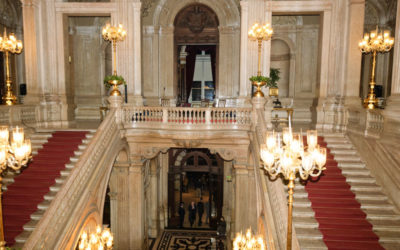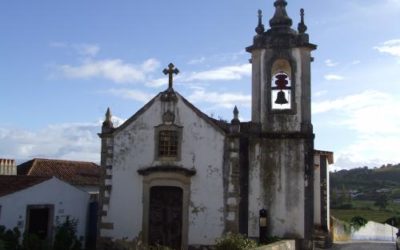Atelier-Museum António Duarte
The António Duarte (1912-1998) Atelier and Museum was inaugurated in 1985, after the donation made by sculptor António Duarte of his art collection to his hometown, the city of Caldas da Rainha. The initial idea was to provide the building with a workshop space that could give conditions to invited artists to develop their personal […]

